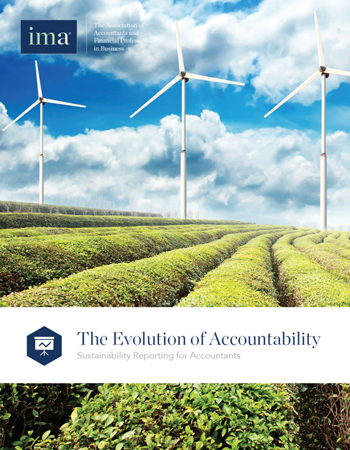The Evolution of Accountability

Sustainability is emerging as a key issue in executive suites around the world.1 Since the 1960s environmentalists have been concerned with the impact of economic growth and the increasingly rapid use of the world’s resources. In recent years, these concerns have increased because of the impact of greenhouse gases, caused by the burning of fossil fuels, on global warming. Energy demands continue to increase as emerging economies expand and energy costs continue to grow signifi cantly as a cost of doing business. Following the adoption of the United Nations Framework Convention on Climate Change starting in 1992, which was signed by the U.S. in 1994, a group of CEOs from global organizations joined together as the World Business Council on Sustainable Development to provide a business-driven perspective toward responding to the challenges posed by concerns over this U.N. direction. They believed that business needed to change and become more accountable and transparent to a broader base of stakeholders.
While more formal recognition of the environmental consequences of economic growth and consumption was developing, some proponents were beginning to develop thinking around a broader framework for corporate accountability including, but not limited to, environmental impacts. This concept, attributed to John Elkington,2 is referred to as the Triple Bottom Line (TBL) and incorporates traditional fi nancial performance and accountability to shareholders, as well as broader accountability through both environmental and social impacts. Social accountability to stakeholders has been attributed to work started by Ben and Jerry’s that led to their report of the “Independent Social Auditor” published in 1989 relative to their business activities in 1988. Social aspects of corporate performance have been heightened by a wide variety of issues including responsibility to the workforce and the community in areas such as employment stability, safety, work conditions, and the opportunity to voice their concerns about employment issues—in particular responsibility to those employed in countries outside North America. The behavior of subcontractors is considered by the public as an extension to these considerations. These concerns also extend to the impact of the products and services an organization produces in areas such as safety to the public.
